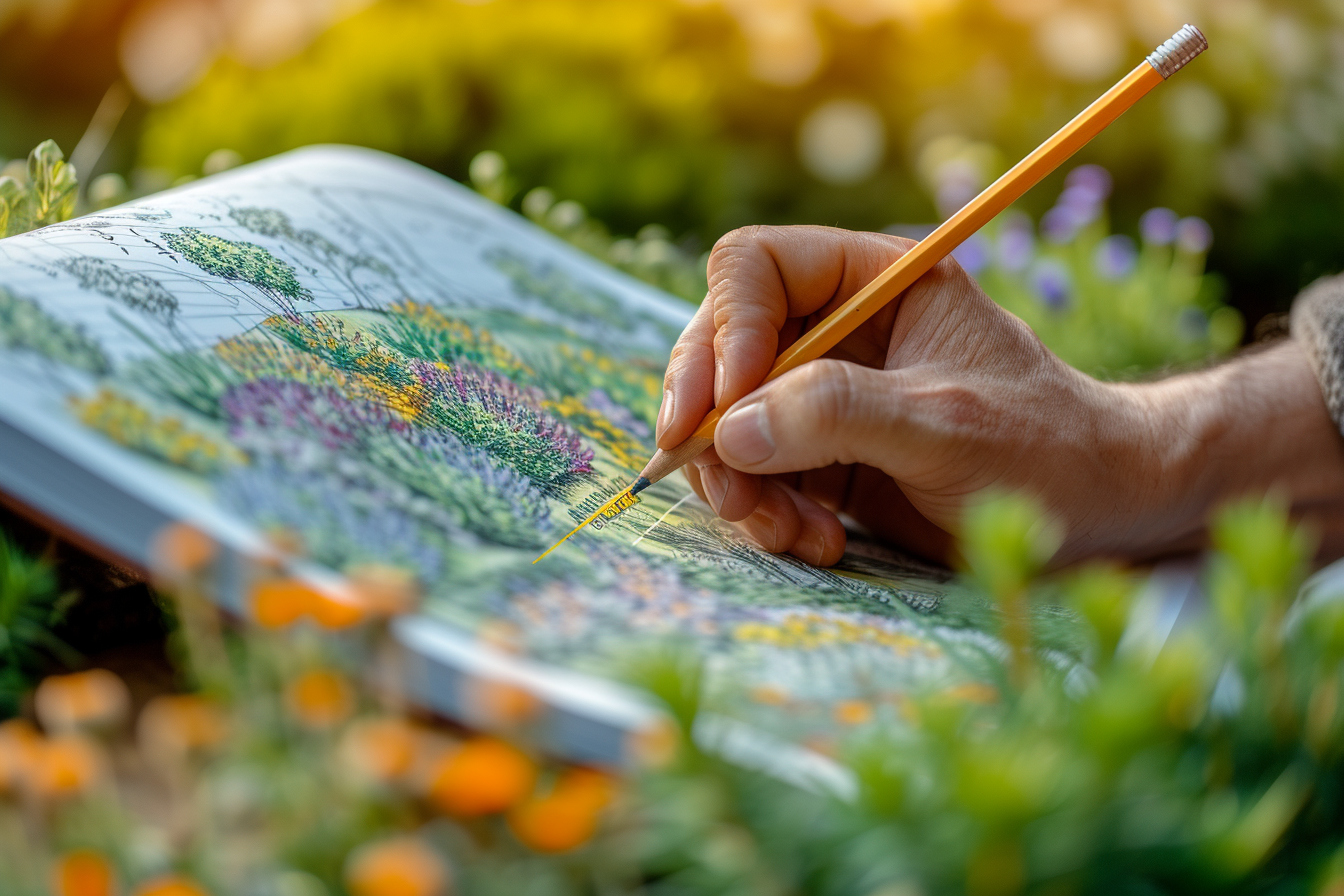Creating a beautiful ornamental garden is an art form that combines aesthetics, design principles, and horticultural knowledge. An intricately designed garden can offer a serene escape, serve as a striking visual display, and even become the centerpiece of your property.
Understanding the basics of ornamental garden design
Before you start digging or buying plants, a solid plan is paramount. The foundation of a captivating ornamental garden lies in its design. Be it a formal or informal layout, the design should reflect your personal style and integrate seamlessly with the natural features of your landscape.
Start with a vision
A well-defined vision serves as the roadmap for your ornamental garden. When shaping this vision, consider the following elements:
- Purpose: Define what you want to achieve with your garden. Will it be a place for relaxation, entertainment, or simply to enhance curb appeal?
- Style: Whether you prefer a contemporary, classic, or eclectic look, your garden’s style should harmonize with the architecture of your home.
- Theme: Decide if your garden will have a particular theme, such as a color scheme, a historical period, or a collection of specific plant varieties.
Observe your yard’s characteristics
Each garden is unique, and recognizing your yard’s particular characteristics is essential. Take into account:
- Sunlight: Monitor the patterns of shade and sun throughout the day, as this will affect plant choice and placement.
- Soil: Have your soil tested to understand its type, pH, and nutrient content. This insight will guide you in selecting plants and preparing the ground.
- Topography: The layout of your land, including slopes and flat areas, will influence garden design and water drainage patterns.
Mastering the elements of design
A beautiful ornamental garden relies on mastering design elements that turn a simple space into a cohesive masterpiece. These elements include:
Color coordination
Color has the power to transform a garden. Utilize a thought-out color palette that complements the surroundings and evokes the emotions you want to inspire. Bear in mind:
- Harmony: Colors close to each other on the color wheel create a calming effect.
- Contrast: Bold, contrasting colors add drama and draw attention.
- Seasonality: Choose plants that offer color throughout the year for a lively garden in all seasons.
Layering and texture
Adding layers through varying heights, sizes, and types of plants creates depth in your garden. Interplay between different textures—such as fine, medium, or coarse foliage—adds interest and complexity.
Patience is key
Remember that gardens grow and fill in over time. Selecting the right mix of perennials, annuals, and bulbs ensures continuous bloom and an evolving garden that surprises and delights through the seasons.
Focusing on structural elements
Structural elements are the bones of your garden, providing form and supporting the overall design. These can include:
- Hardscaping: Paths, walls, and terraces add shape and function to your garden. Choose materials that align with the style of your home and garden.
- Water Features: Fountains, ponds, or streams are not only aesthetically pleasing but can also introduce soothing sounds into the garden.
- Garden Ornaments: Statues, arbors, and trellises can serve as focal points and support climbing plants, adding vertical interest.
Balance and proportion
Strive for balance and proportion in your design. This doesn’t necessarily mean symmetry—in fact, asymmetrical designs can be quite dynamic. However, elements should be scaled appropriately to the size of your garden and each other.
Plant selection and placement
Choosing the right plants is perhaps the most exciting part of designing an ornamental garden. A harmonious selection can elevate a simple design to an exquisite level of beauty.
Right plant, right place
Taking the time to research and select plants that thrive in your garden’s conditions is crucial. This, paired with thoughtful placement, will result in a healthier and more attractive garden.
- Layering: Tall plants in the back, medium in the middle, and short in the front create a tiered look that showcases each plant.
- Grouping: Planting in groups rather than singly can create a more powerful visual impact.
Consider maintenance
Opt for plants that meet your lifestyle and maintenance preferences. Some gardeners love spending hours tending to their gardens, while others prefer a less labor-intensive approach.
Diversity is key
Include a diverse mix of plants to provide year-round interest. Evergreens, flowering shrubs, and seasonal perennials can all play their part.
Maintaining your garden’s beauty
A beautiful design must be coupled with ongoing maintenance. Regular upkeep such as pruning, mulching, and weeding will keep your garden looking its best.
Regular care
Create a maintenance schedule that includes regular watering, fertilizing, and monitoring for pests and diseases.
Practicing sustainability
Incorporate sustainable practices such as composting, rainwater harvesting, and using organic pest control methods whenever possible. This not only benefits the environment but can also lead to a healthier garden in the long run.
Evolution of the garden
Be open to change in your garden. As it matures, some plants might need to be moved, divided, or replaced. Embrace this natural evolution as part of the joy of gardening.
Final thoughts
Designing a beautiful ornamental garden is a journey filled with creativity, patience, and growth. Each garden is a reflection of its creator, and with these essential tips, your garden can become a stunning testament to your vision and dedication.
Infuse your personality into every choice, from the overarching design to the smallest detail, and your ornamental garden will not only flourish but also bring immense joy and beauty into your life. Remember, a garden is never truly finished—it is a living, breathing space that changes with the seasons and over time, and that’s where its true beauty lies.
